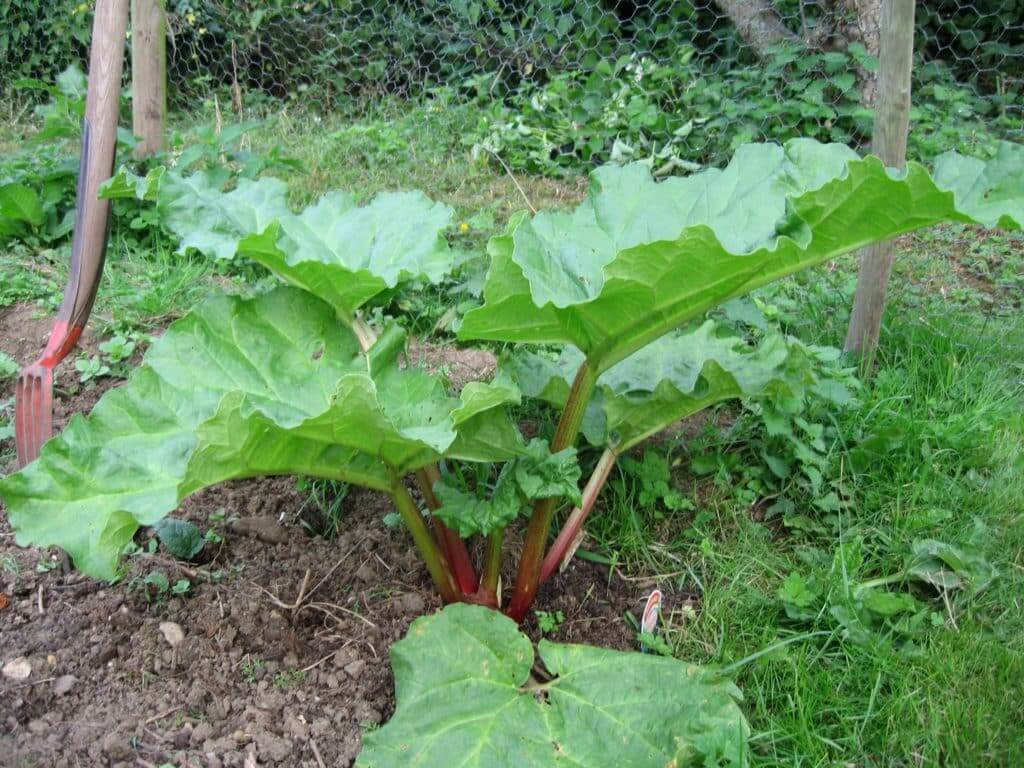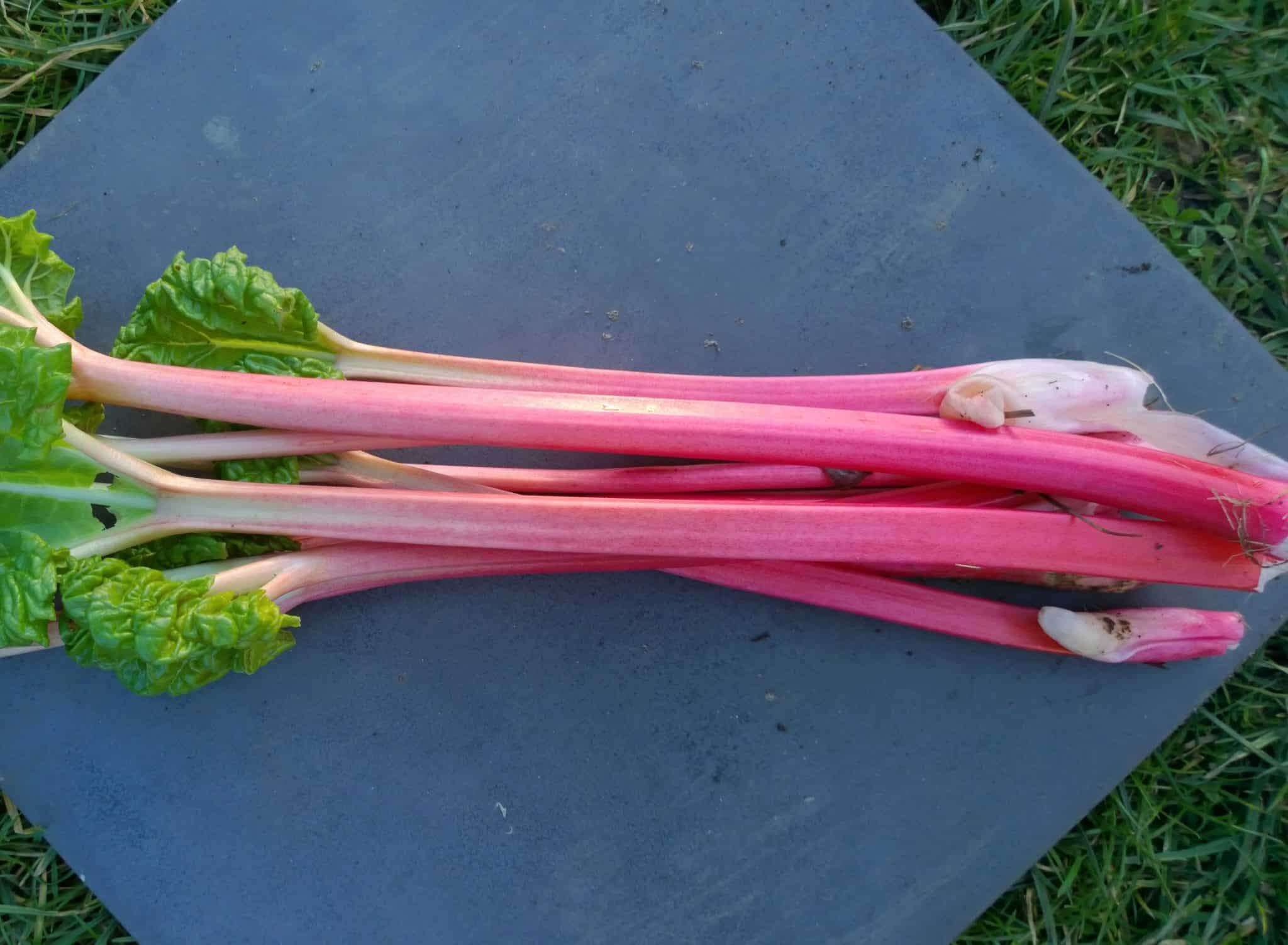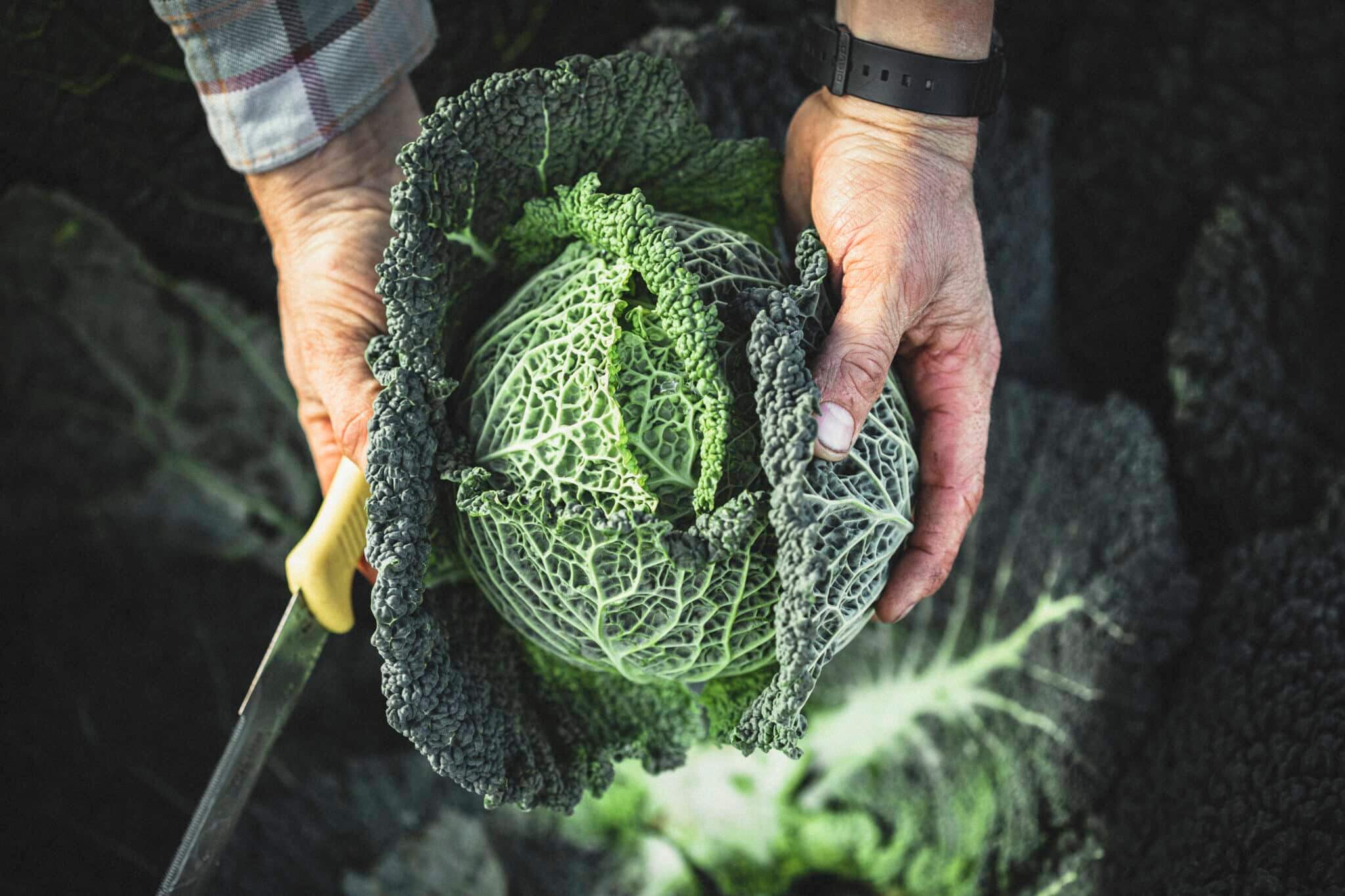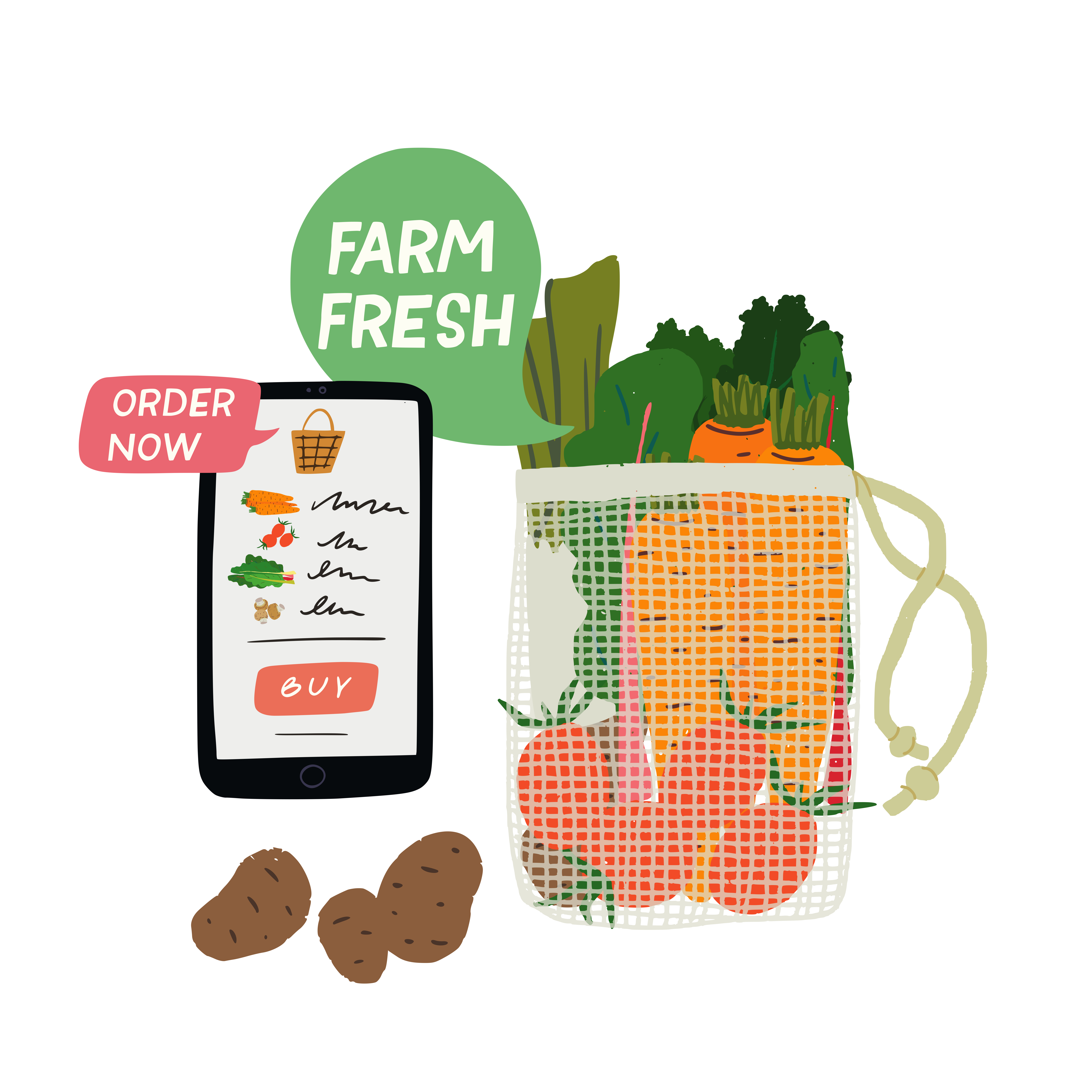Remember those pink sticks of rock you bought at the seaside as a child? Turns out you can grow them!
January is the perfect time to ‘force’ rhubarb, as it is called in gardening or growing terms. Placed under a pot or upturned bin, the stems of this plant will grow up towards the light but remain pale, soft and sweet, with crinkly yellow leaves like ears.
When there’s little else to harvest in the garden, these juicy candy canes flushed with vitamin C and K can feel like buried treasure.
Forcing the issue
Because rhubarb is most often enjoyed with sugar in a crumble or syllabub, it’s easy to think of it as a fruit. But in fact this celery-like plant is considered a vegetable.
Forcing a plant such as rhubarb means preventing light getting to the leaves, so they produce less chlorophyll. This is the pigment that gives them their green colour and is used by plants to trap sunlight for photosynthesis.
It’s best to start with a two-year-old established plant, as younger plants may not have the energy to recover. Alternating the forcing between plants will also enable you to give one a well-deserved holiday the following year.

To begin, clear around the base, removing old leaves and weeds and add a handful or two of well-rotted compost to give them a boost (though avoid putting this directly on the crown). A layer of straw is good for keeping the plant nice and cosy.
Posh terracotta rhubarb forcers look lovely in the garden, but an old box, trug, or even a dustbin will do. Just make sure there are no holes to let the light in. Place your container over your rhubarb plant and weigh it down with a brick. That’s it!
Harvesting your treasure
It’s fun to check on your rhubarb after a few weeks to see how it’s doing, and you’ll be amazed at the transformation. But it won’t be ready to pick for seven to eight weeks, when the stems are around 20cm high.
Gently pull these from the base and remove the leaves as these are poisonous. Try not to over pick and see it as a gourmet treat instead. Whip tasty stems into a syllabub by simmering with caster sugar, ginger and white wine. Then fold the mixture into whipped cream and Greek yoghurt.
Once you’ve forced your rhubarb once, uncover and give it a year to recover. And if you don’t have your own plant, find a friend who does. Rhubarb can be easily divided and, in fact, benefits from this process every five years.
Lift the whole root ball and slice it into sections, ensuring each section has two or three buds with plenty of healthy roots. Replant in moist, fertile soil. Before long you’ll have a new plant, and your friend will have lots of rhubarb babies, too.










0 Comments